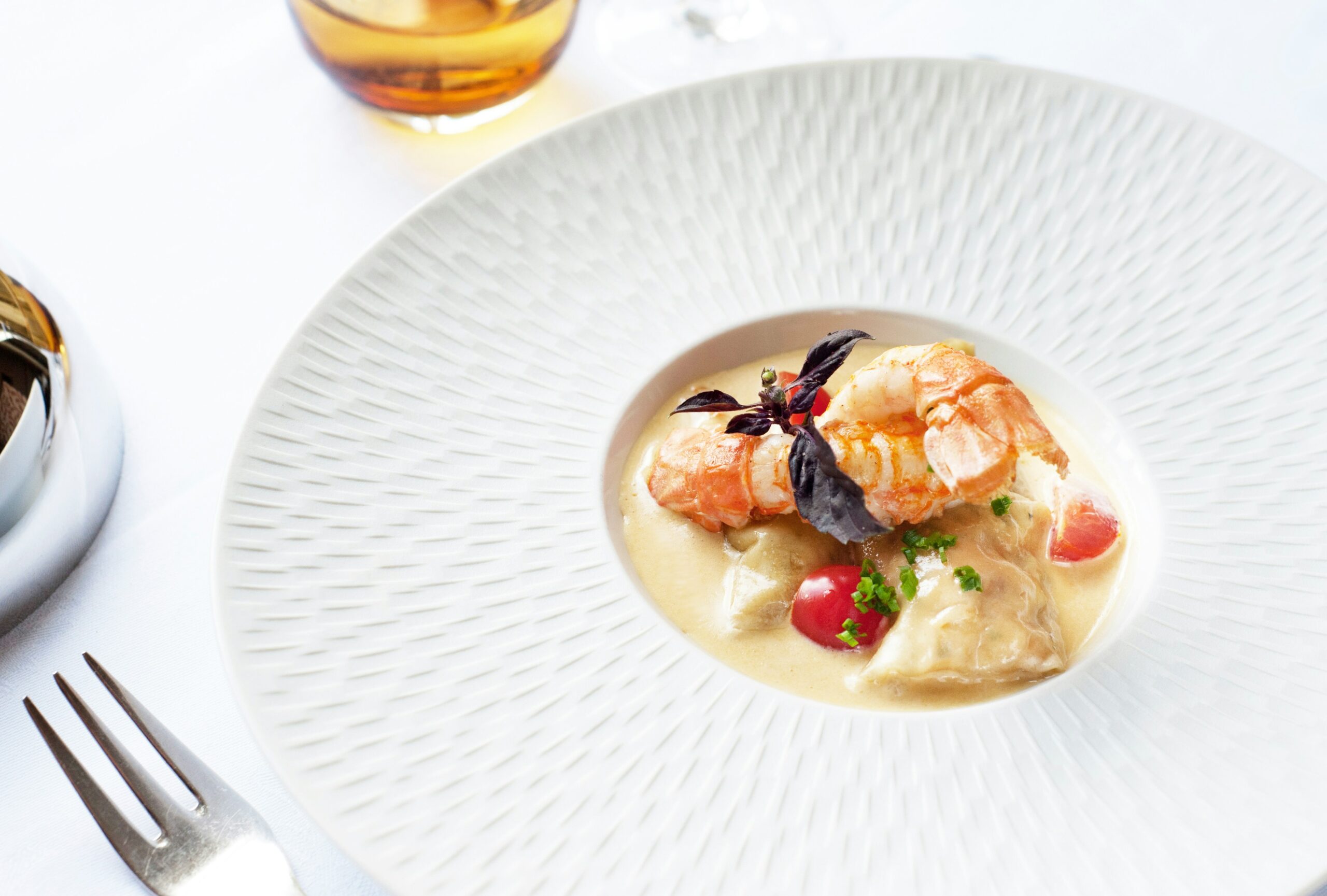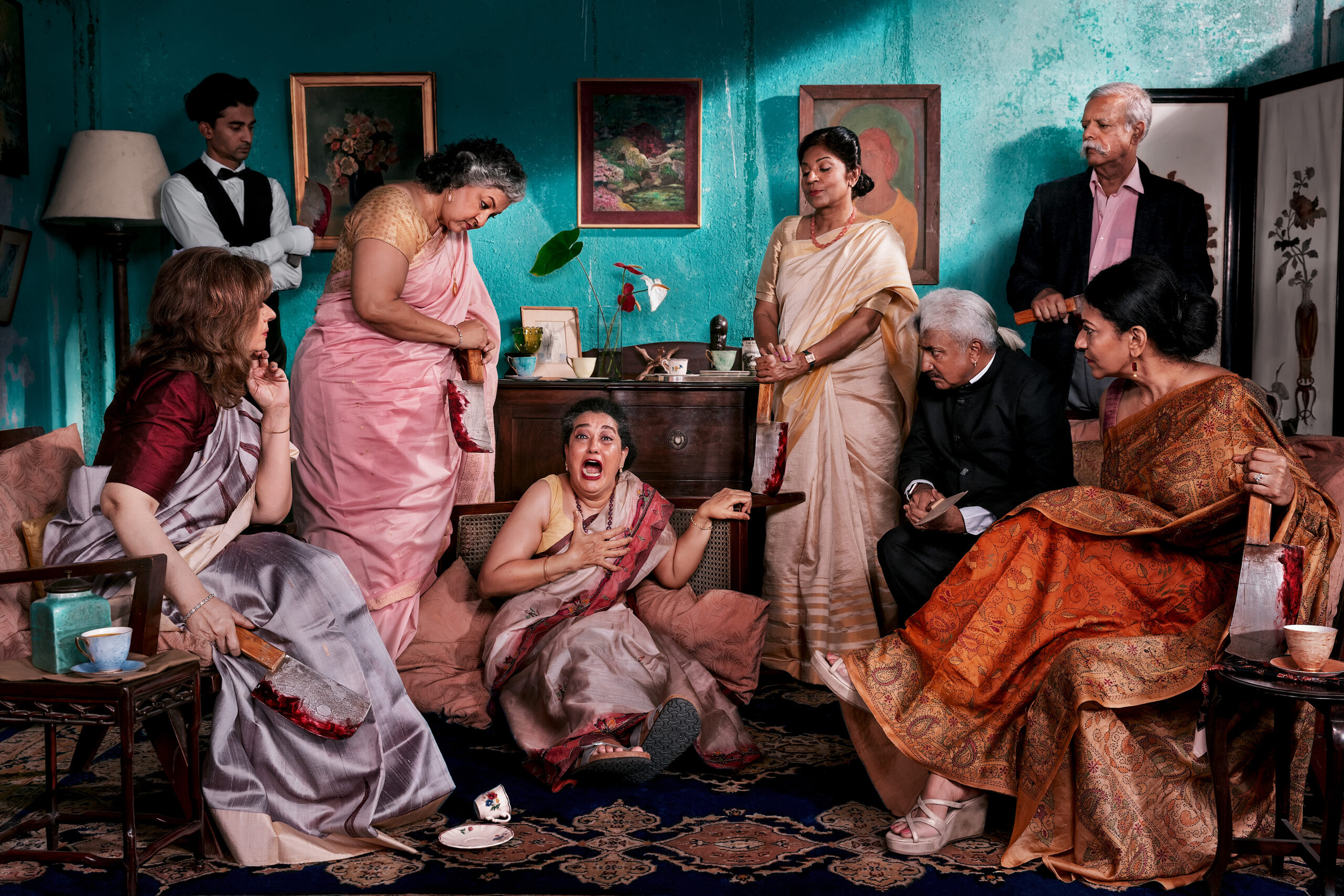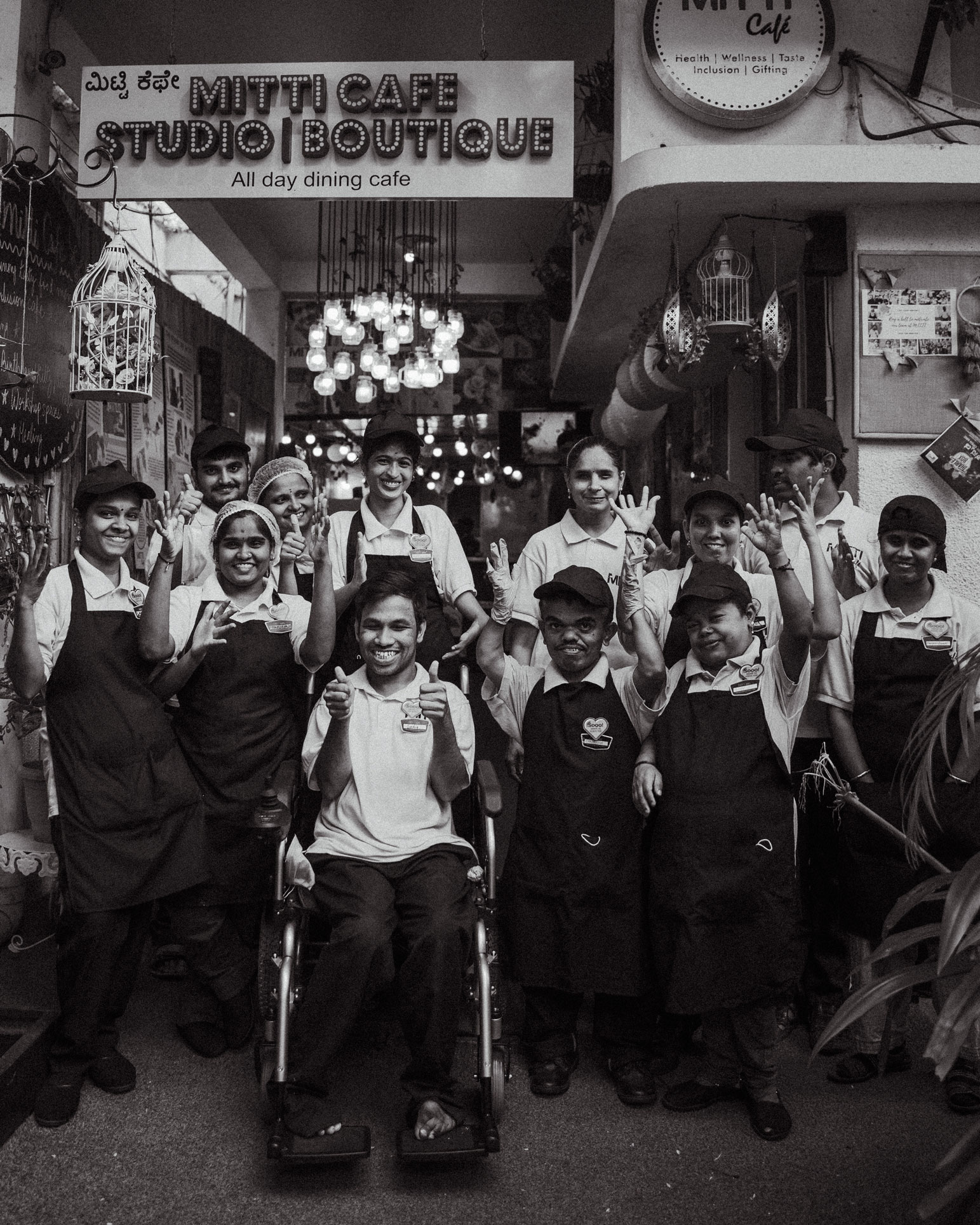My culinary preferences form the crux of my identity crisis. Born in the land of spices, where the aroma of condiments like cumin and coriander fills the air, yet raised in the multicultural landscape of London, where the scent of curry mingles with the fragrance of fish and chips, I find myself torn between two worlds. I crave a Vada Pav as much as I do a hearty plate of fish and chips, unable to fully reconcile the seemingly disparate elements of my cultural upbringing. It was only recently that I stumbled upon a term that captured the very essence of this conflict within my identity: Third Culture Kid.
Third Culture Kids (TCKs), a term coined by US sociologist Ruth Hill Useem in the 1950s, refers to children who spend their formative years in places that are not their parents’ homeland. These individuals, like myself, grow up straddling multiple cultures, navigating the intricate web of traditions, languages, and cuisines that shape their upbringing. What began as a psychological evaluation of the impact of immigration and globalisation has now morphed into a rampant culinary trend – Third Culture Cuisine.
Cave Art in Bhimbhetka representing Indo-Aryan communities hunting for food
In a metropolis like Mumbai, Third Culture Cuisine permeates every aspect of culinary life. I often jest with my friends that it’s becoming easier to find great sushi than to stumble upon a soulful plate of butter chicken. Indeed, every nook and corner of the city boasts at least one F&B establishment attempting to deliver a westernised fusion of flavours. The burgeoning presence of Japanese restaurants across the country serves as a testament to the nation’s embrace of a distinct palette, one that is simultaneously distant yet somewhat reminiscent of its original taste preferences.
Several factors contribute to the rising popularity of Third Culture Cuisine in India. At its core lies a deep-seated desire to embark on a global culinary journey while remaining rooted in the comforts of one’s own country. This desire stems from a growing curiosity to explore the world through a plate. Moreover, the increasing trend of travel has played a significant role in shaping culinary preferences. As people venture abroad and immerse themselves in different cultures, they develop a taste for international cuisines and seek to replicate those experiences back home. This desire to continue sampling and experiencing various culinary traditions fuels the demand for Third Culture Cuisine in India.
Capitalising on this evolving consumer behaviour, food and beverage establishments are seizing the opportunity to cater to the growing appetite for culinary adventure. Consequently, we witness a surge in the opening of new restaurants on a monthly basis, each offering its own interpretation of fusion cuisine.
However, the future of Third Culture Cuisine in India hinges not only on meeting high market demand but also on the authenticity and creativity of its execution. Merely attempting to capitalise on a trend without a genuine appreciation for the amalgamation of flavours and cultural exchange may lead to saturation and an eventual decline. Thus, the key to sustaining the momentum of Third Culture Cuisine lies in its thoughtful execution, ensuring that each dish reflects a genuine blend of traditions and flavours rather than a superficial attempt to cater to a growing market. With proper execution and a commitment to authenticity, the future of Third Culture Cuisine in India appears bright, promising continued innovation and culinary exploration for years to come.
The allure of Third Culture Cuisine lies in its capacity to push the boundaries of culinary creativity. I vividly recall my initial encounter with this phenomenon—an evening at a Spanish restaurant in Mumbai. As I tried the paella before me, I couldn’t help but marvel at its exquisite taste, surpassing even the one I had sampled in Barcelona. This realisation felt oddly disorienting at first, challenging the notion that authenticity is bound by geography. However, after a while I found this epiphany to be beautifully surreal.
Tropical seafood representation from a Luxury Cafe
In the realm of Third Culture Cuisine, authenticity transcends traditional constraints, allowing chefs to reinterpret and reimagine classic dishes in new and unexpected ways. It is this spirit of innovation and experimentation that breathes life into culinary traditions, fostering a dynamic exchange of tastes and ideas across borders.
Whether it’s a fusion of Mediterranean and Indian flavours or a blend of Asian and Latin American cuisines, Third Culture Cuisine celebrates the diversity of culinary expression, offering a tantalising glimpse into a world where the familiar intersects with the unfamiliar in delightful harmony.
Words by Anithya Balachandran.
Featured image Third Culture Fare Sculptures.






